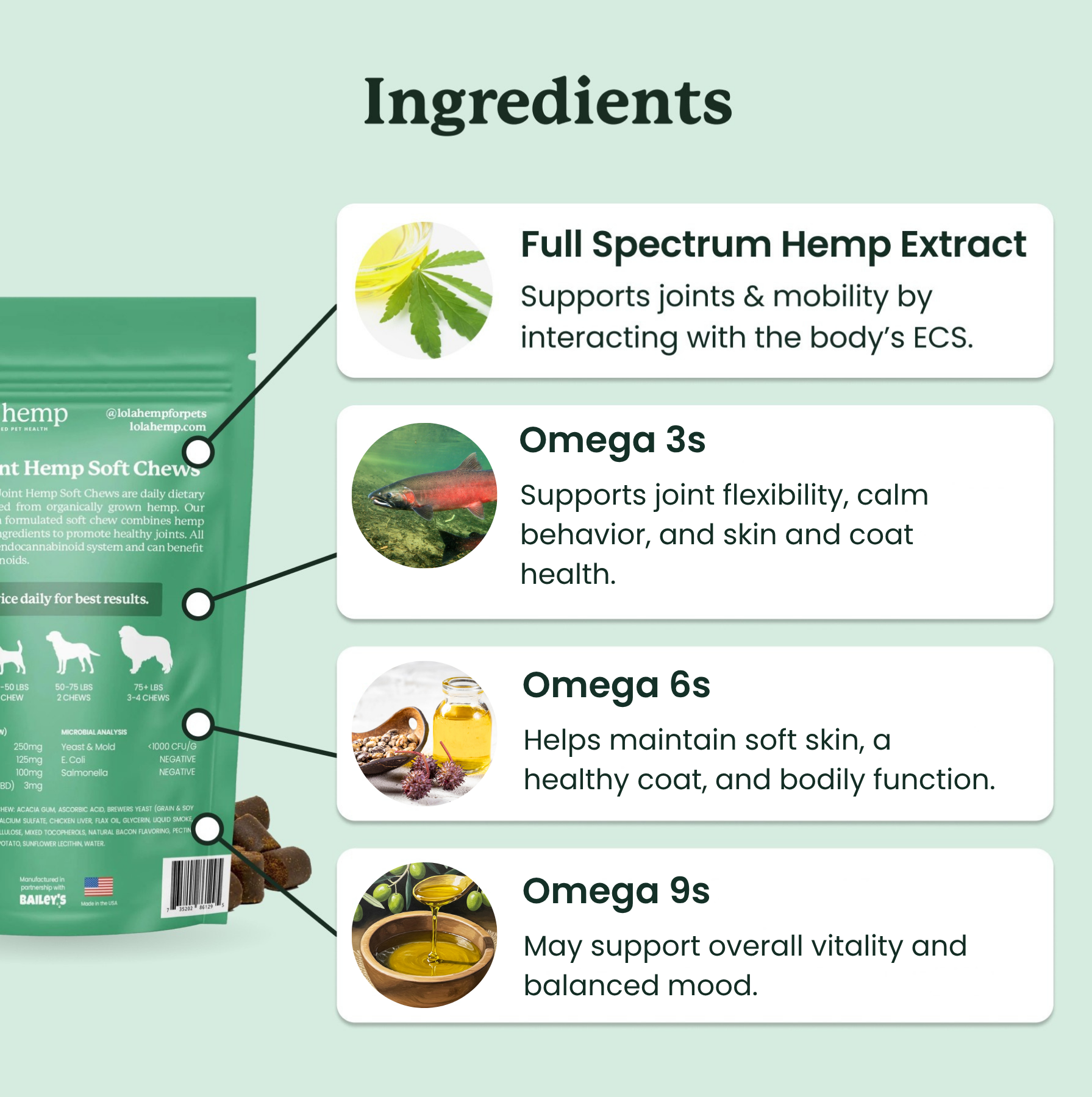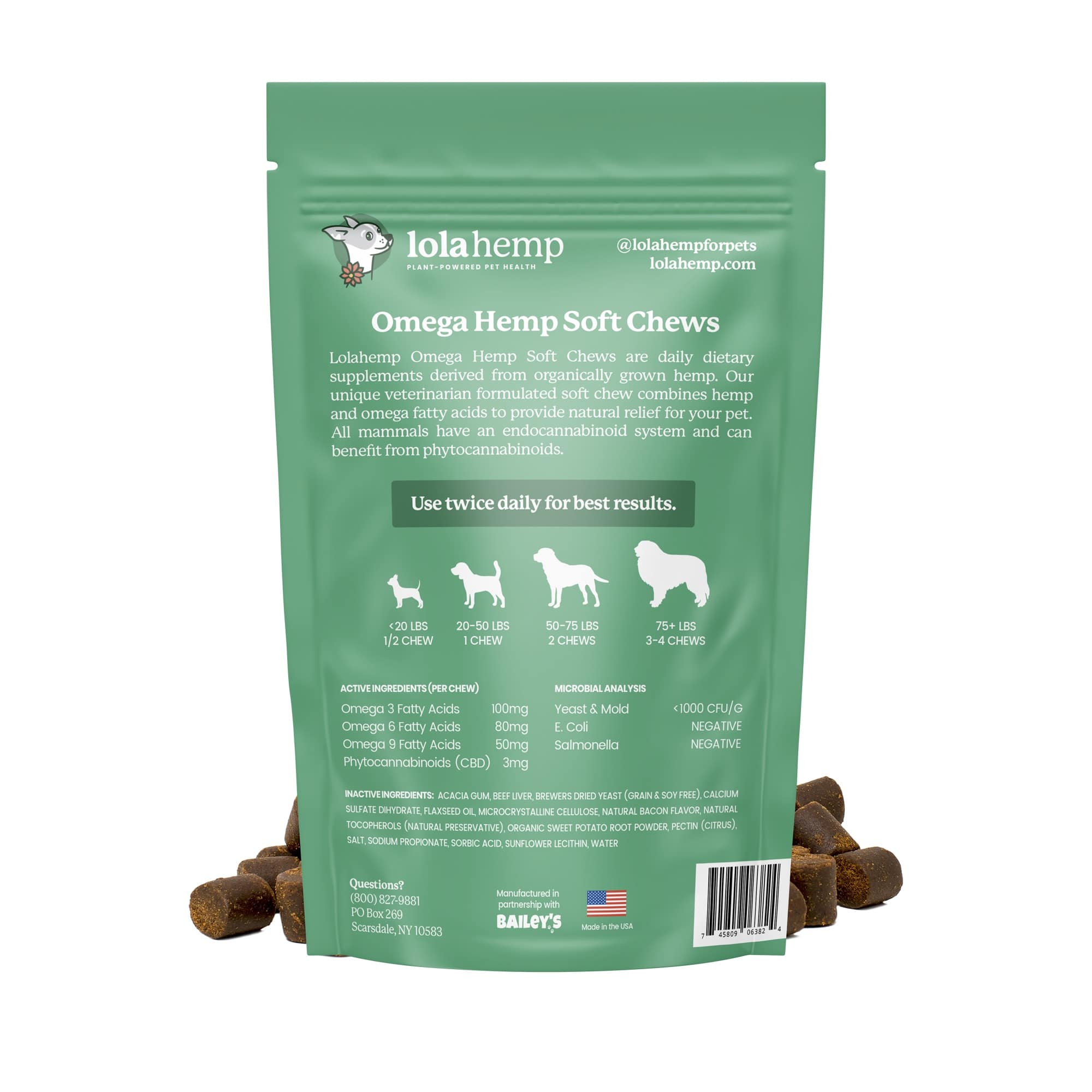In veterinary medicine, we pride ourselves on our ability to end suffering. We are fortunate to be able to offer humane euthanasia as a common and widely accepted practice for patients with terminal illnesses or poor quality of life.
But is euthanasia always the answer? Pets are part of the family, so it is not surprising that pet owners are looking for ways to keep their furry companions with them as long as possible. Veterinary hospice care and in-home euthanasia services are in increasingly high demand, yet this growing field is often undervalued among veterinary professionals.
Meanwhile, our human medicine colleagues have offered hospice care for decades. Their experiences can provide us with a useful framework for implementing this type of care for our veterinary patients.
- What Is Palliative Care for Dogs at Home?
- Give Pet Hospice Caregivers More Control
- Follow-Up Frequently With Patients and Caregivers
- Institute Multimodal Pain Control and Consider Alternative Therapies
- Support the Caregiver and Prepare Them for What Is to Come
- Conclusion
- Frequently Asked Questions About Palliative Care for Dogs
What Is Palliative Care for Dogs at Home?
In human medicine, the value of home care for the terminally ill patient has been well-recognized ever since the publication of Dr. Elizabeth Kubler-Ross’s famous work, On Death and Dying, in 1969.
Patients receiving dedicated home hospice care are reported to have a better overall appearance and improved quality of life. In fact, Stanford School of Medicine reports that 80% of Americans would prefer to die at home. So, why do we still insist that our patients come to the clinic for every recheck?
While we cannot ask our canine patients about their end-of-life wishes, we do know that the majority of dogs experience fear in the veterinary clinic. Problems with pain, loss of mobility, and increased anxiety are also likely to complicate the terminally ill patient’s access to care in the typical hospital environment. Thus, it seems safe to assume that our canine patients would prefer to receive their hospice care at home, too.
Palliative dog care would involve at-home veterinary services for your dog as they approach the end of their life. Palliative care for dogs at home could ease the process for your dog as well as the people in your family who will be affected by the loss.
Because so much of dog hospice care relies on the pet owner’s observations of the patient, this is a prime area to incorporate telemedicine into your practice. Many patients and pet owners can also benefit from in-home euthanasia services.
Although providing this service may not be feasible for every practice, partnering with a colleague who specializes in this type of care can provide a needed service to your clients while boosting your practice’s network of referrals.

Give Pet Hospice Caregivers More Control
A palliative care patient’s needs often change quickly and pet owners may not wish to contact the veterinary clinic for every minor concern.
Many of these changes such as loss of appetite, nausea, and pain are known and expected in terminal patients. Giving pet owners the tools they need to address these concerns at home can not only improve the patient’s quality of life, but can also alleviate a great deal of stress for the pet owner.
When a human patient enters hospice, their caregiver is often provided with a “comfort kit.” These kits typically contain several palliative medications that the caregiver is instructed to administer on an as-needed basis. For both human and veterinary patients, a typical comfort kit may contain:
- Anti-emetics
- Antacids
- Anti-diarrheal medications
- Enemas and rectal suppositories
- Anti-anxiety medications
- Anticonvulsant suppositories
- Morphine liquid
In addition to providing comfort kits, veterinarians should also discuss an emergency plan with the caregiver. Who should they contact if the patient’s status changes after hours? What should they do if they feel euthanasia is urgently necessary?
Establishing a plan in advance will prevent a lot of heartache and stress, and ensure that the caregiver does not feel abandoned in their time of need.

Follow-Up Frequently With Patients and Caregivers
Unfortunately, in veterinary medicine, clients are often given a terminal diagnosis for their pet and then not seen again until they are ready for euthanasia. Not only does this limit the patient’s care, but it also means your practice is missing a prime opportunity to strengthen the veterinary-client-patient relationship.
In human hospice cases, the patient typically receives regular visits from nurses, aides, and other care providers, often several times per week. While this may be overkill for some veterinary patients, a simple weekly or biweekly check-in may be considered.
This allows the veterinary team to touch base with the client and ensure that the patient is comfortable with the current course of treatment. Veterinary nurses can easily be trained to consult with pet owners, assess pain, and evaluate quality of life so that there is little to no additional strain on the referring doctor’s time.
The treatment plan can then be adjusted to suit the patient’s needs, and clients often appreciate the additional support.
Institute Multimodal Pain Control and Consider Alternative Therapies
In most cases, dying is not a painless process. No matter what the condition – worsening osteoarthritis, osteosarcoma, kidney failure, or any other chronic disease – there’s a good chance your patient will experience some level of discomfort as their body declines.
Multimodal pain control must be implemented early and frequently reassessed in order to maintain a good quality of life for these patients. Clients should also be trained to evaluate the signs of pain in dogs and their assessment should be discussed with the veterinary team at regular intervals.
Palliative and hospice care scenarios also provide a unique opportunity to introduce alternative therapies into your practice. Treatments such as medical massage, acupuncture, and CBD oil for dogs may provide some benefit to the patient with little risk for adverse effects.
Many pet owners feel better knowing that they’ve “tried everything” to help their pet, and they will appreciate an open-minded and comprehensive approach to their pet’s care.
The Use of Pain Medication
Although controversial, veterinarians must also consider loosening restrictions on the use of chronic pain control medications in terminally ill patients. Pet owners may be unwilling to pursue routine diagnostics such as NSAID panels in patients with limited life expectancy.
Similarly, patients with risk factors such as elevated liver enzymes may experience significant pain when medications such as NSAIDs are discontinued. In these cases, it is necessary to carefully consider whether continuing the medication truly poses a significant risk based on the patient’s prognosis, life expectancy, and comorbidities.
It is not humane to withhold pain control, so if suitable alternatives cannot be found, it may be advisable to continue the current pain medication regimen with the pet owner’s informed consent.

Support the Caregiver and Prepare Them for What Is to Come
Caring for a dying family member is physically and emotionally challenging. In human hospice, the primary caregiver is typically counseled on what to expect during the dying process.
They are also given access to resources such as an on-call nurse, support groups, grief counseling, and respite services. Bereavement resources may be available to the caregiver for months or even years after the patient’s final days.
Veterinary palliative and hospice care is still very much in its infancy, so we do not have the same network of resources as our colleagues in human medicine. Nevertheless, it is important to offer caregivers as much support as we can.
Pet owners should be briefed on what to expect as the patient’s condition progresses and how to identify end of life symptoms.
Thinking About Euthanasia
They can be trained to assess pain and quality of life and should be advised how to use these assessments to determine when euthanasia is necessary. Many pet owners expect that their pets will “pass peacefully at home," so it is important for the veterinarian to manage expectations and explain the role of humane euthanasia.
If the pet owner is reluctant or unwilling to pursue euthanasia for whatever reason, then palliative care must be especially diligent to prevent undue suffering throughout the course of the natural death.
Perhaps most important of all, the veterinary team should facilitate discussions about end-of-life care and encourage caregivers to discuss these issues in advance. Decisions such as whether or not to continue non-palliative treatments and whether to provide cardiopulmonary resuscitation in the event of an emergency should be discussed among family members and communicated to the veterinary team.
Caregivers should also consider when and where they would like the euthanasia to be performed and how they would like the patient’s remains handled.
These conversations can be difficult for pet owners, but making decisions in advance can prevent miscommunications and minimize stress on the caregiver during a time of grief.
Conclusion
Palliative and hospice care are rapidly growing areas of veterinary medicine, and the demand for these services will likely continue to increase. Offering your clients additional options for care at the end of their pet’s life is not only good medicine, but can also strengthen client relationships and provide additional sources of revenue for your practice.
For more information about incorporating hospice and palliative care into your practice, check out the International Association for Animal Hospice and Palliative Care.
Frequently Asked Questions About Palliative Care for Dogs
What does palliative care for dogs include?
Palliative care for dogs includes pain management, symptom control, mobility support, caregiver education, and improving the dog’s comfort at home during the final stage of life.
Is palliative care different from hospice care?
Palliative care focuses on comfort and quality of life at any stage of illness, while hospice care is specifically for dogs nearing the end of life.
How do I know if my dog is a good candidate for palliative care?
Dogs with terminal illnesses, chronic pain, reduced mobility, or declining quality of life may benefit from palliative care, especially when cure is not possible.
Can palliative care delay the need for euthanasia?
In some cases, palliative care can improve comfort enough to delay euthanasia, but it cannot stop disease progression. It focuses on making the dog comfortable for as long as possible.
Does palliative care for dogs have to be done at home?
No, but many dogs experience less stress and greater comfort with in-home palliative care, especially when mobility or anxiety issues are present.









